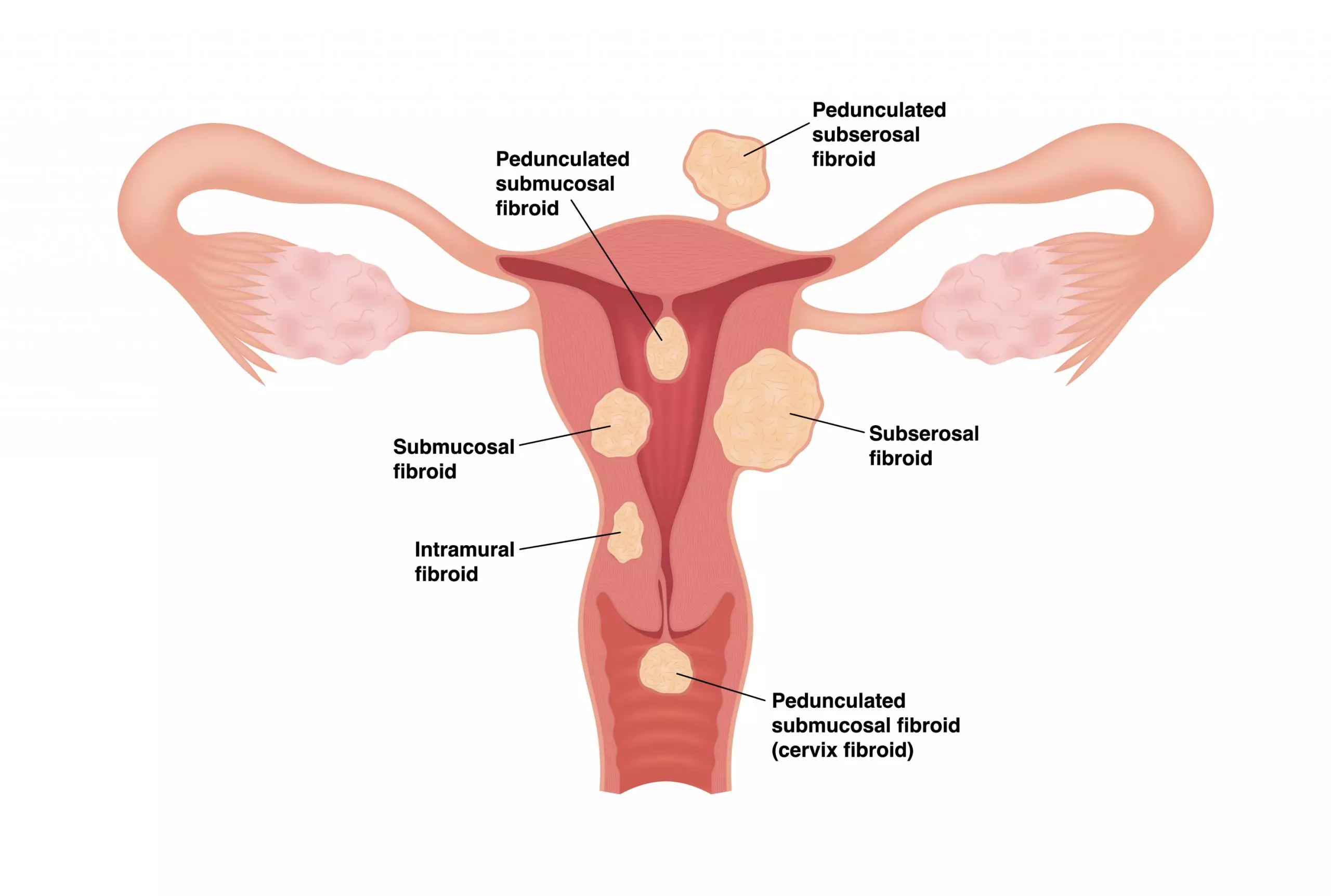What Are Submucosal Fibroids?
Uterine fibroids are classified according to their locations in or on the uterus, as well as how they are attached. Submucosal fibroids grow just under the inner layer of the uterus, and often protrude into the uterine cavity, where a fetus would develop. Here’s what you need to know about the nature, symptoms, and treatment of submucosal fibroids.
About Submucosal Fibroids
Submucosal fibroids are noncancerous and are the rarest type of uterine fibroid. While intramural fibroids are often asymptomatic, submucosal fibroids usually cause troublesome symptoms. They can also interfere with fertility by blocking and/or distorting your fallopian tubes, preventing sperm from traveling to your uterus.
Since submucosal fibroids often protrude into the uterine cavity, even a single large fibroid can crowd out a fetus, leaving insufficient space for it to grow. These types of complications can also result in difficult pregnancies, birth deformities, and miscarriages. Black women appear to be at particularly high risk for this type of fibroid, but the reason for this is not yet clear.

This diagram shows where each type of fibroid is located in relation to the uterus
(This image is from Shutterstock.)
Symptoms of Submucosal Fibroids
As with other types of fibroids, submucosal fibroid symptoms can include:
- Excessively heavy menstrual bleeding
- Prolonged or otherwise irregular periods
- Frequently passing blood clots
- Severe anemia
- Back, pelvic, and abdominal pain
- Dizziness and fatigue
Diagnosing Submucosal Fibroids
Your ob/gyn can diagnose a submucosal fibroid using a pelvic exam, an ultrasound imaging test, and possibly an MRI if more detail is required. Imaging tests are often necessary to determine the size, number, and location of your fibroids.
Treating Submucosal Fibroids
Standard treatment options for submucosal fibroid symptoms include medications for pain relief and hormonal therapies such as birth control pills and gonadotropin-releasing hormone agonists (GnRH) to help regulate periods and lighten blood flow. Since submucosal fibroids tend to cause especially heavy bleeding, your doctor may also recommend taking iron supplements.
Minimally-invasive procedures such as uterine fibroid embolization (UFE) and myolysis, which uses MRI-guided ultrasound, are also available. For more problematic submucosal fibroids, the treatment most often recommended is hysteroscopic myomectomy, or hysteroscopic resection.
If you are experiencing symptoms that interfere with your quality of life or family planning, speak with your healthcare provider about which treatment option(s) may be best for you.


